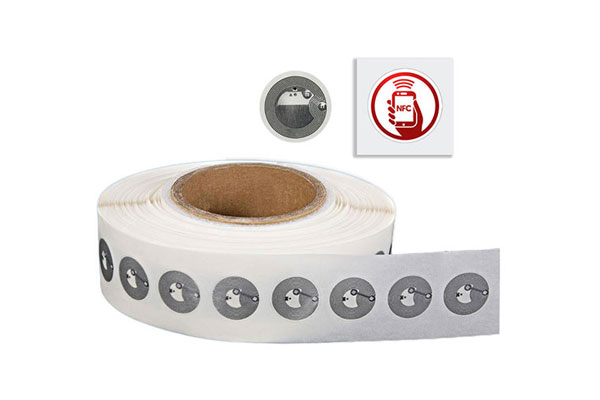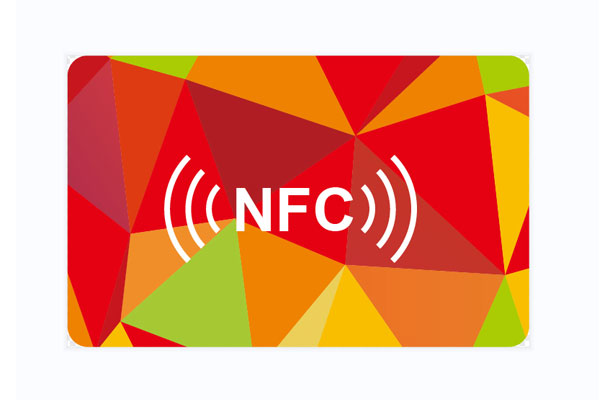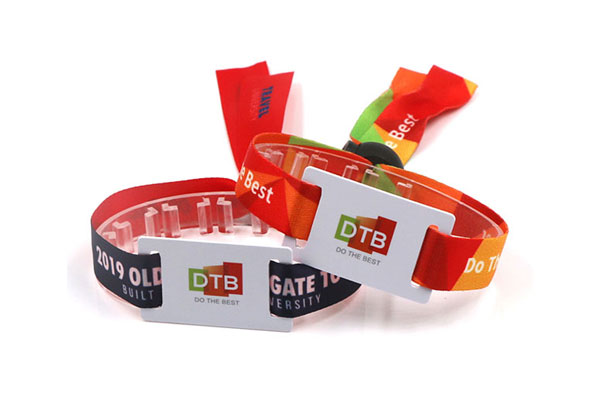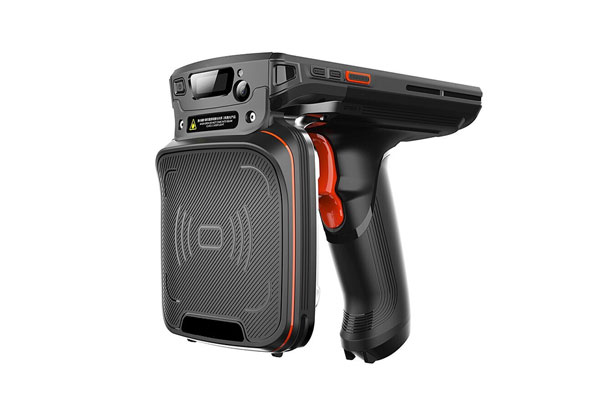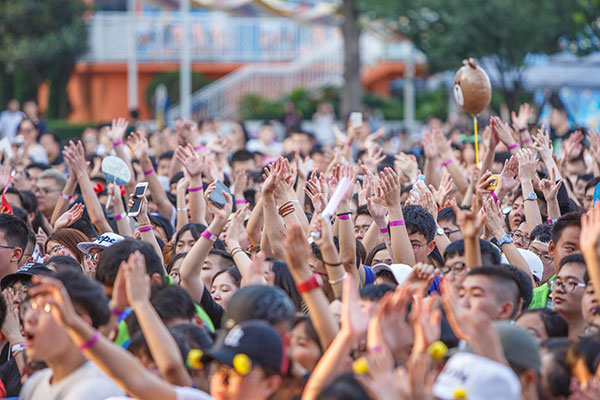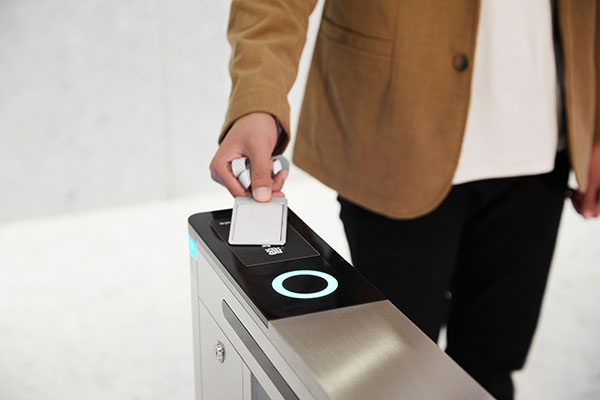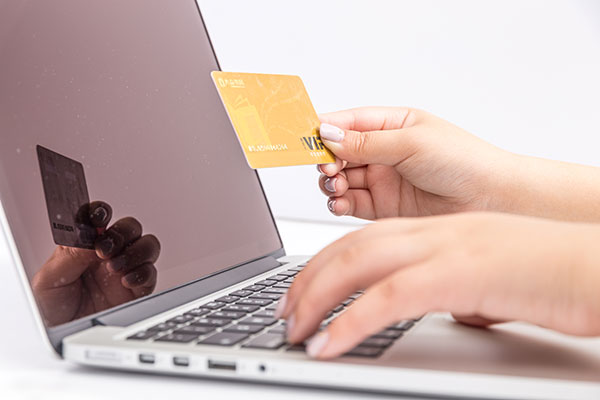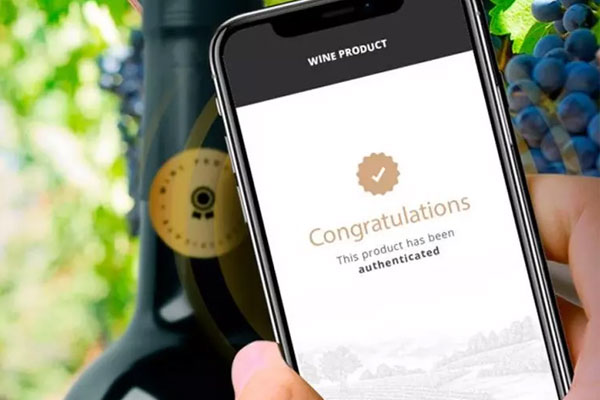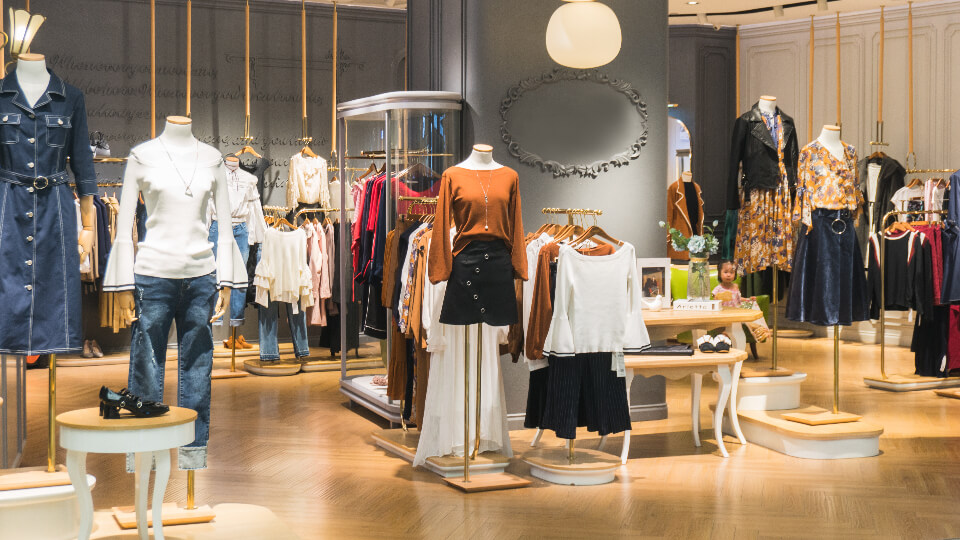RFID technology is improving the user experience of retail quickly. This article will introduce the application of RFID technology in retail stores from indoor positioning and navigation, personalized recommendation and matching, intelligent fitting room experience, self-checkout without waiting and contact, etc.
Indoor Positioning and Navigation in Macy Smart Store
RFID technology enables precise indoor positioning and navigation systems, allowing customers to locate products and departments easily. Real-time location data provides accurate guidance, reducing customer frustration and improving efficiency.
Macy’s, a renowned department store, implemented RFID-based indoor positioning to enhance the customer experience. With RFID tags attached to products and RFID readers strategically placed throughout the store, customers can use mobile apps to navigate through the store, receive personalized offers, and locate desired items quickly.
According to Macy’s, their RFID-based indoor navigation system reduced customer search time by 30% and increased customer satisfaction by 25%.
Amazon Go Personalized Recommendations and Pairings
RFID technology enables retailers to offer personalized recommendations and pairings based on customer preferences and purchase history. By analyzing RFID data, retailers can provide targeted suggestions, enhancing the shopping experience and driving customer engagement.
Amazon Go utilizes RFID technology to offer personalized recommendations. The RFID tags on products track customer interactions, enabling the store’s AI system to suggest complementary items or offer discounts based on previous purchases.
Amazon Go reported a 20% increase in average transaction value through personalized recommendations powered by RFID data analysis.
Ralph Lauren Magic Mirrors
Ralph Lauren implemented RFID-enabled Magic Mirrors in their fitting rooms. Customers can scan RFID tags on clothing items, triggering the mirror to display complementary products, styling tips, and availability in different sizes and colors.
It is reported that the smart retail company also uses augmented reality technology to allow users to have an immersive digital shopping experience.
RFID technology transforms traditional fitting rooms into intelligent and interactive spaces. RFID-enabled mirrors and tags provide customers with instant product information, alternative sizes, and personalized styling suggestions, enhancing convenience and satisfaction.
Rebecca Minkoff uses RFID technology to provide self-service for its stores
Rebecca Minkoff‘s New York stores have attached hard tags with built-in EAS technology and UHF RFID tags to hundreds of handbags, scarves, and small leather products.
When consumers approach the self-checkout station, place the items they want to buy near the tablet computer. The 2 nearby RFID readers will read the RFID tag in the hard tag and transmit the data to the RFID application. Then, the consumer can make the payment on the tablet, and after the payment is completed, the software will update the item status to “sold”.
After the purchase, consumers should use a second card reader to read the tag to unlock it. If the item status is “Sold”, the mechanical lock in the hard tag will be automatically unlocked. In this way, consumers can remove the hard label and take the item away from the store.
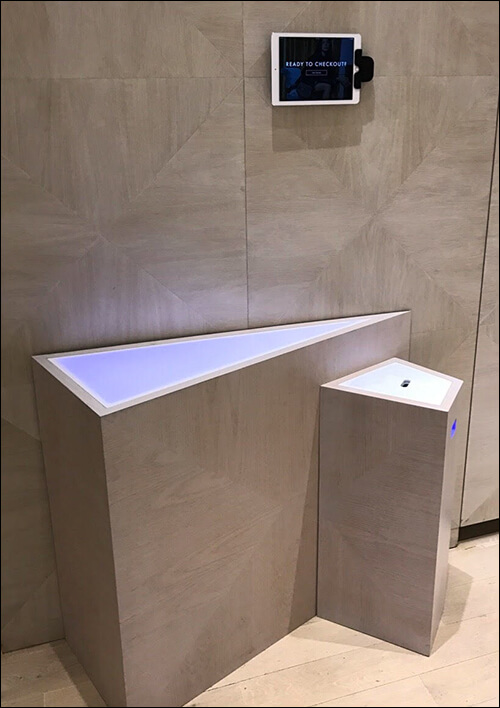
Real-world case studies from Macy’s, Amazon Go, Ralph Lauren, and Rebecca Minkoff demonstrate the tangible benefits and impressive data-driven results achieved through RFID integration. As RFID technology continues to advance, retailers have the opportunity to further optimize and personalize the shopping experience, ensuring customers enjoy a truly exceptional and hassle-free journey.
If you need high-quality RFID products used in the retail industry, please contact [email protected].

